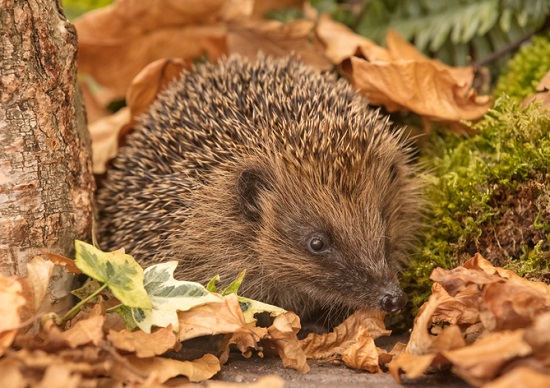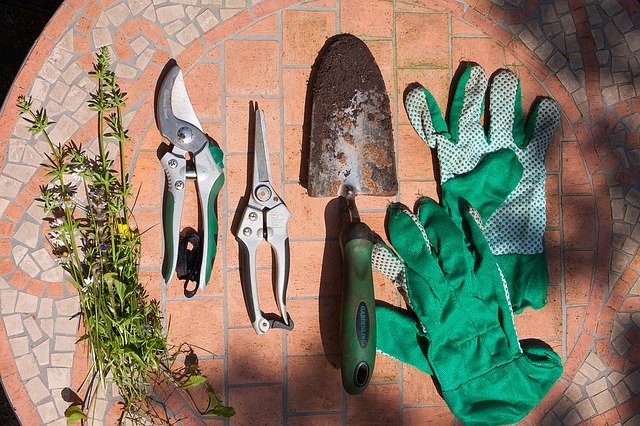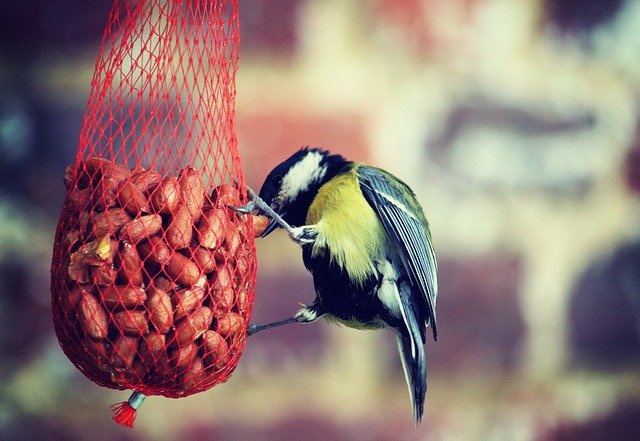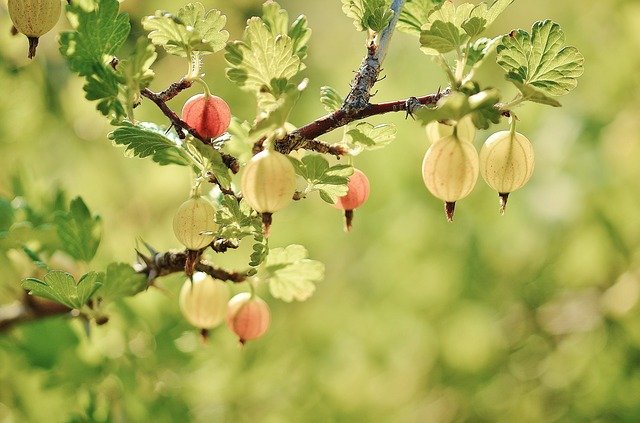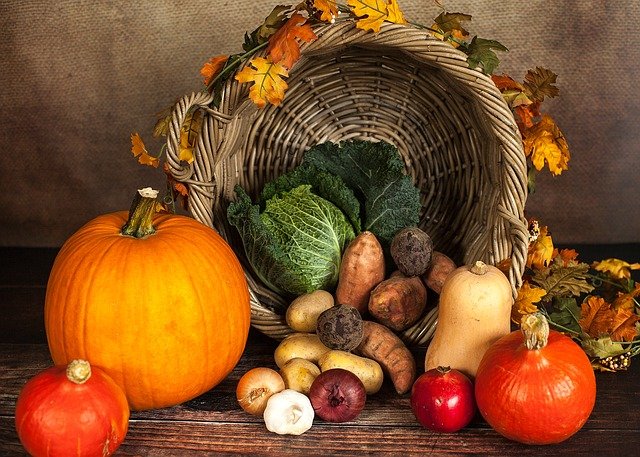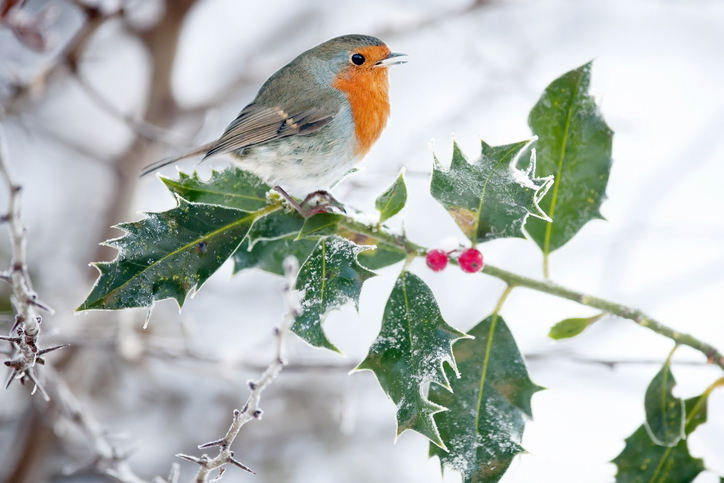November Gardening Jobs
Reading time: 5 minutes
Gardening jobs for November
As winter approaches, November is the time to prepare your garden for the colder months. Here are some suggested gardening jobs for November:
Creating a wildlife haven
Task: Create a mini haven for wildlife.
Why: Providing shelter helps insects, hedgehogs, and other creatures survive the winter.
How: Pile up logs, leaves, and other garden debris in a quiet corner. This creates a cosy habitat for wildlife to hibernate.
Planting spring tulips
Task: Plant spring tulips in containers.
Why: Planting now ensures a vibrant display in the spring.
How: Use well-draining containers, plant bulbs at a depth of about three times their height, and cover with compost.
Collecting and mowing fallen leaves
Task: Collect fallen leaves and mow over them.
Why: Chopping leaves helps them decompose faster, creating excellent leafmould for your garden.
How: Rake leaves into a pile and mow over them. Add the chopped leaves to your compost heap or use as mulch.
Mulching young plants
Task: Mulch the roots of young plants.
Why: Mulching protects roots from frost damage and helps retain moisture.
How: Apply a layer of compost or bark chippings around the base of young plants, keeping it away from the stems.
Cleaning patios and paths
Task: Remove algae growth on patios and paths.
Why: Algae can become very slippery and dangerous in cold, wet weather.
How: Use a pressure washer to clean the surfaces thoroughly.
Preparing your lawn mower
Task: Clean and maintain your lawn mower.
Why: Proper maintenance prolongs the life of your mower and ensures it's ready for use in spring.
How: After the last mow, clean off grass clippings, wash down the mower, and oil the blades and any moving parts.
Taking hardwood cuttings
Task: Take hardwood cuttings of trees, plants, and shrubs.
Why: Hardwood cuttings taken now will root over winter and be ready for planting next year.
How: Cut healthy, pencil-thick stems about 15-30cm long. Pot each cutting two-thirds deep in pots filled with compost, and keep them well-watered.
Planting garlic
Task: Plant garlic cloves.
Why: Planting now ensures a good summer harvest.
How: Place each clove (pointed end up) approximately 2cm deep and 15-23cm apart in well-drained soil.
Digging over earth
Task: Dig over the soil in vacant planting areas.
Why: Turning the soil improves aeration and helps break down clumps, making it easier to plant in spring.
How: Use a garden fork or spade to turn the soil. Leave the clumps exposed to break down naturally over winter.

Additional November gardening tasks
Protecting pots and containers
Task: Move pots and containers to sheltered spots.
Why: Protecting plants in containers from frost damage ensures their survival through winter.
How: Group pots together against a south-facing wall or move them into a greenhouse.
Checking for pests and diseases
Task: Inspect plants for pests and diseases.
Why: Early detection helps prevent damage and spread.
How: Look for signs of pests like aphids and diseases like powdery mildew. Treat with organic or appropriate chemical controls.
Pruning and tidying
Task: Prune deciduous trees and shrubs.
Why: Pruning in winter promotes healthy growth in spring and maintains plant shape.
How: Remove dead, damaged, or diseased branches. Thin out crowded growth to improve air circulation.
Attracting birds to your garden
Task: Install bird boxes and feeders.
Why: Providing food and shelter attracts birds to your garden and helps them survive the winter. Birds will also add life to your garden and help control pests.
How: Place bird boxes in quiet, sheltered areas away from predators. Hang feeders and regularly fill them with birdseed and suet balls. Clean feeders periodically to prevent disease.
These November gardening jobs will ensure your garden is well-prepared for winter and set up for a successful spring. Happy gardening!





